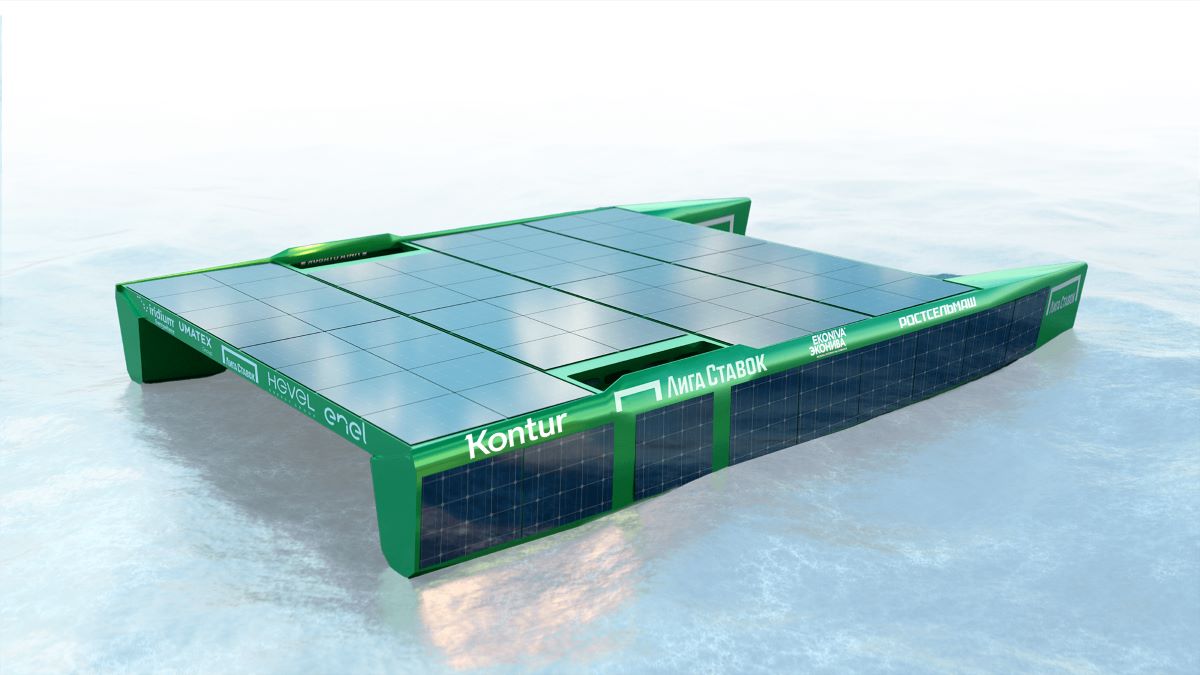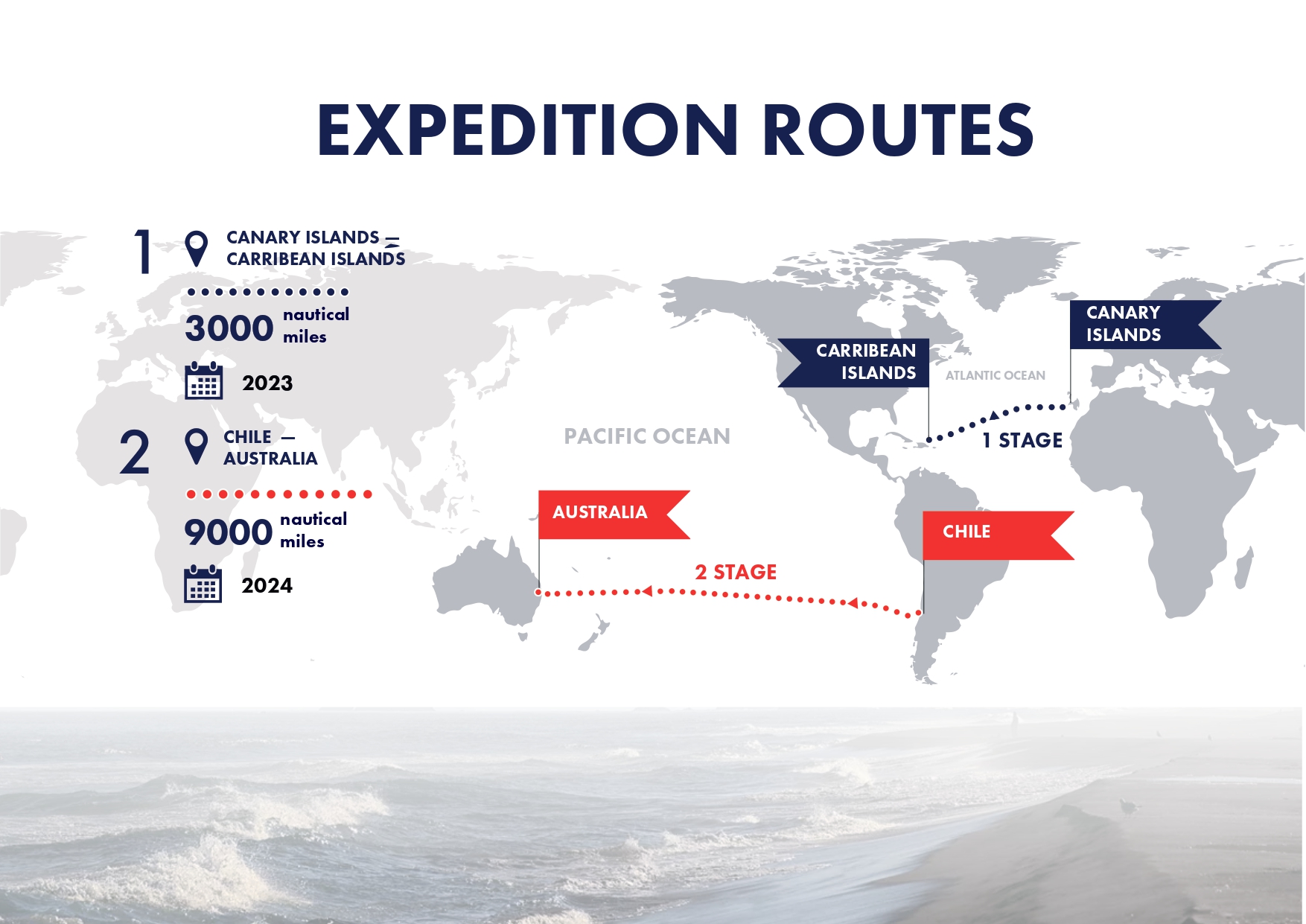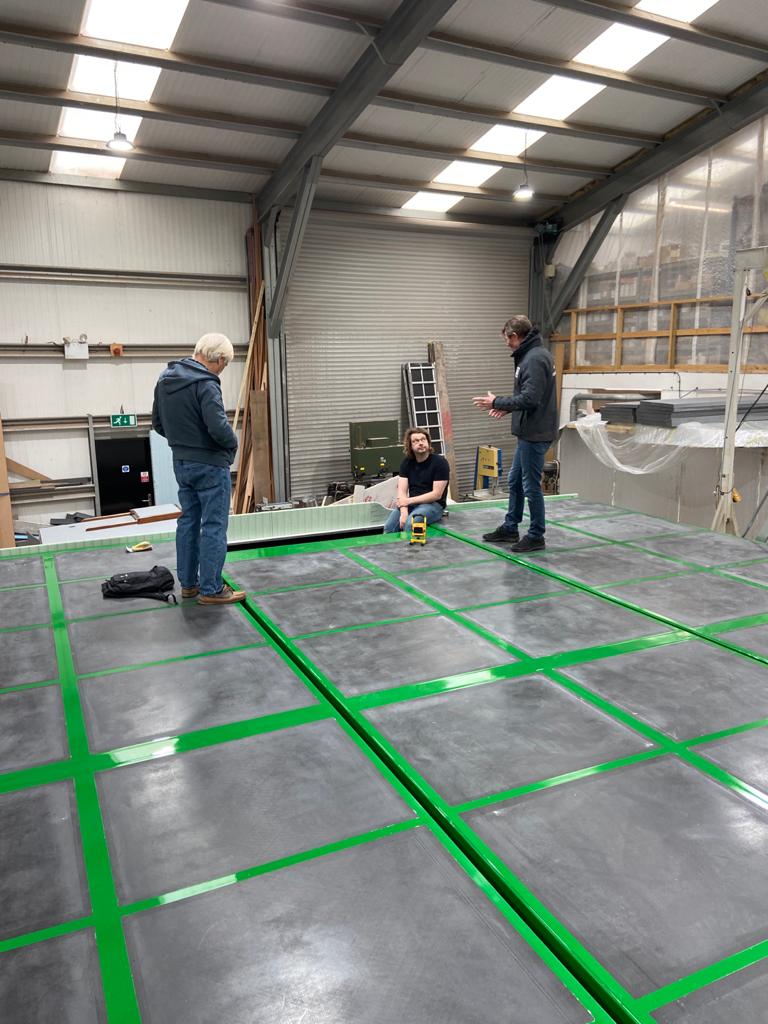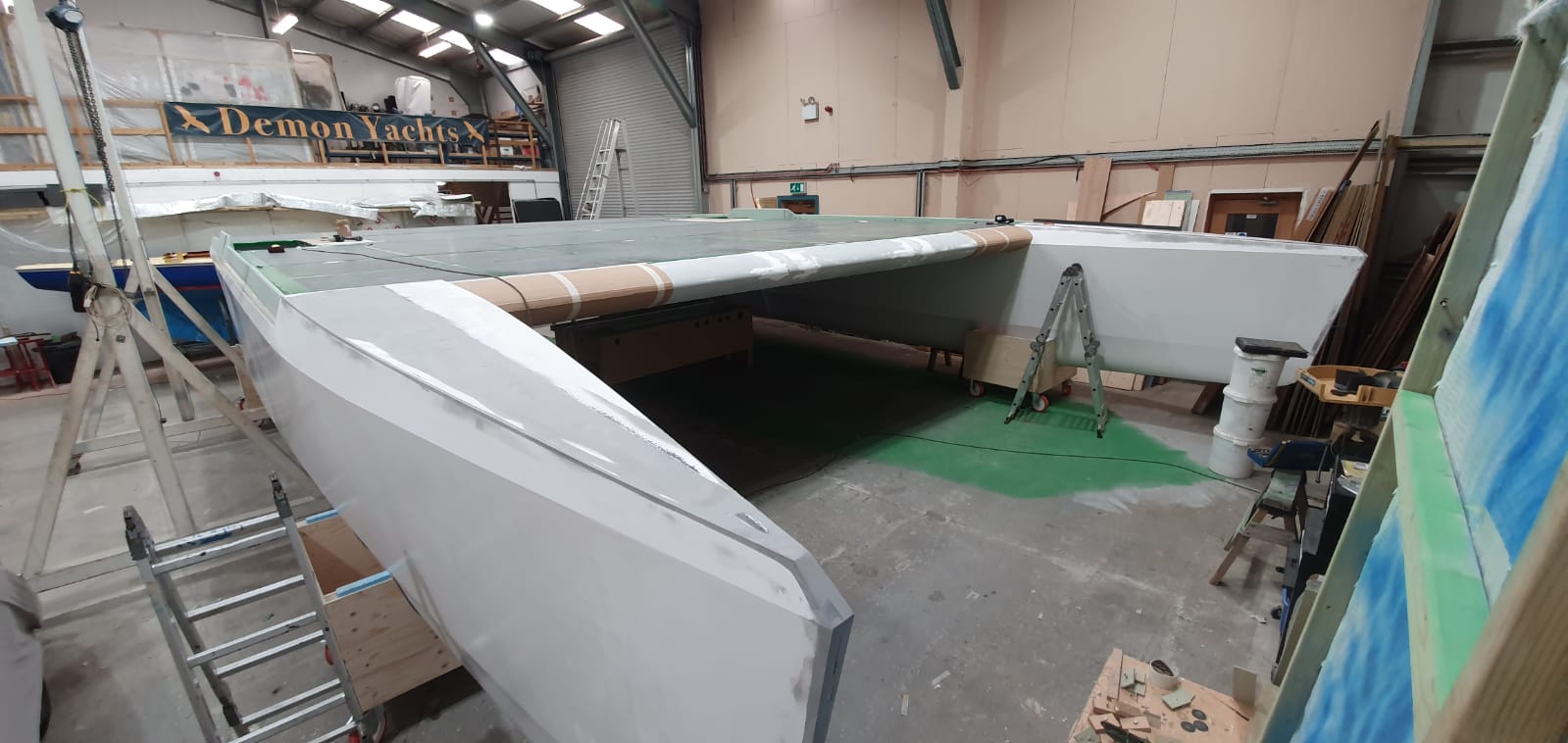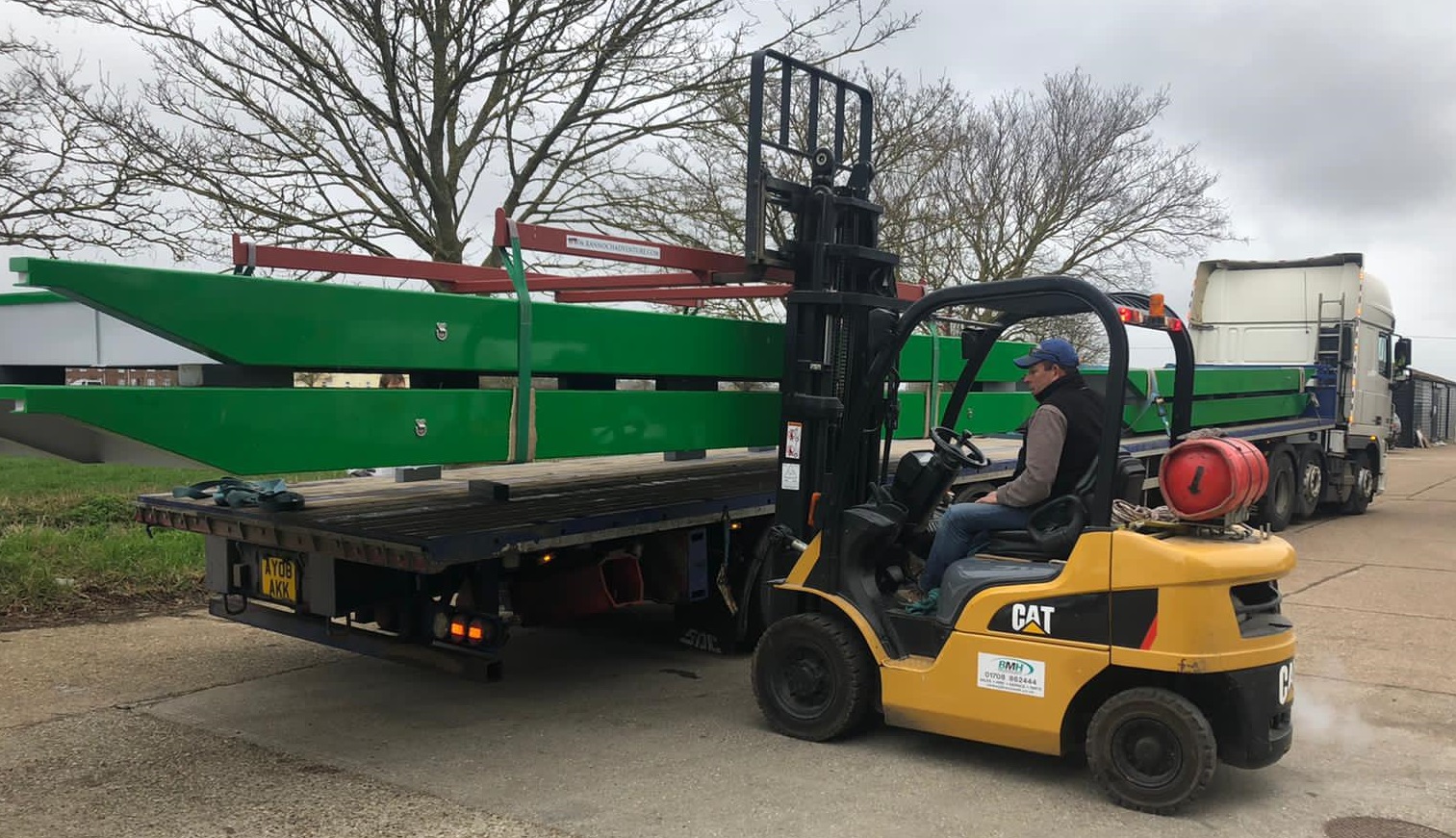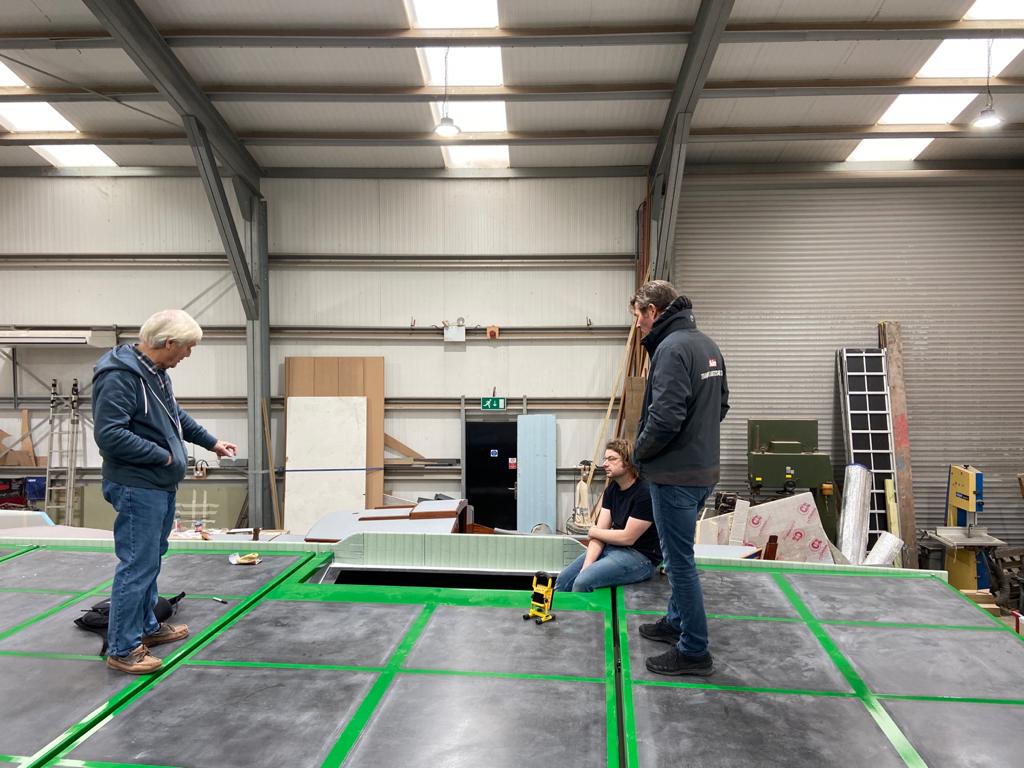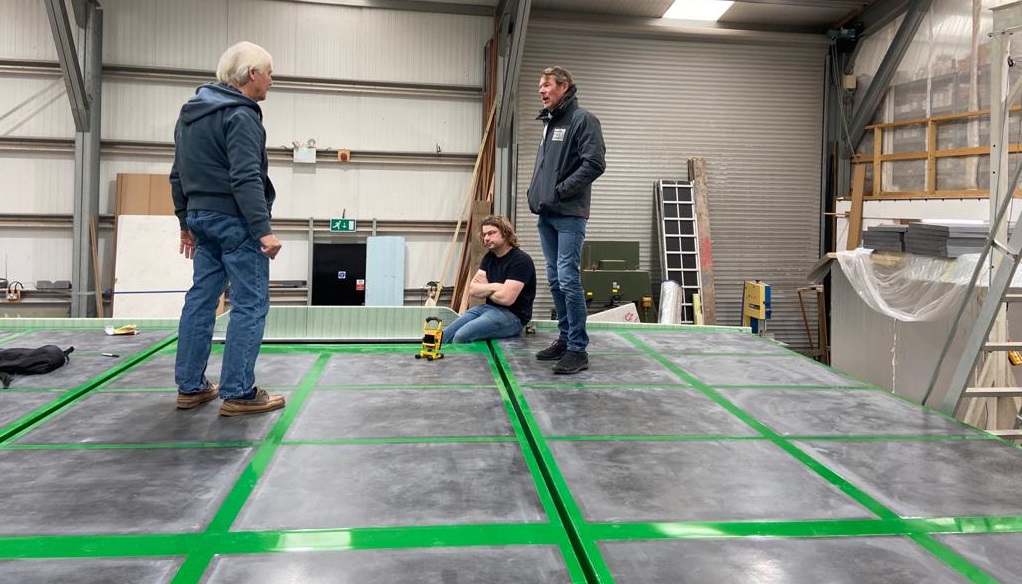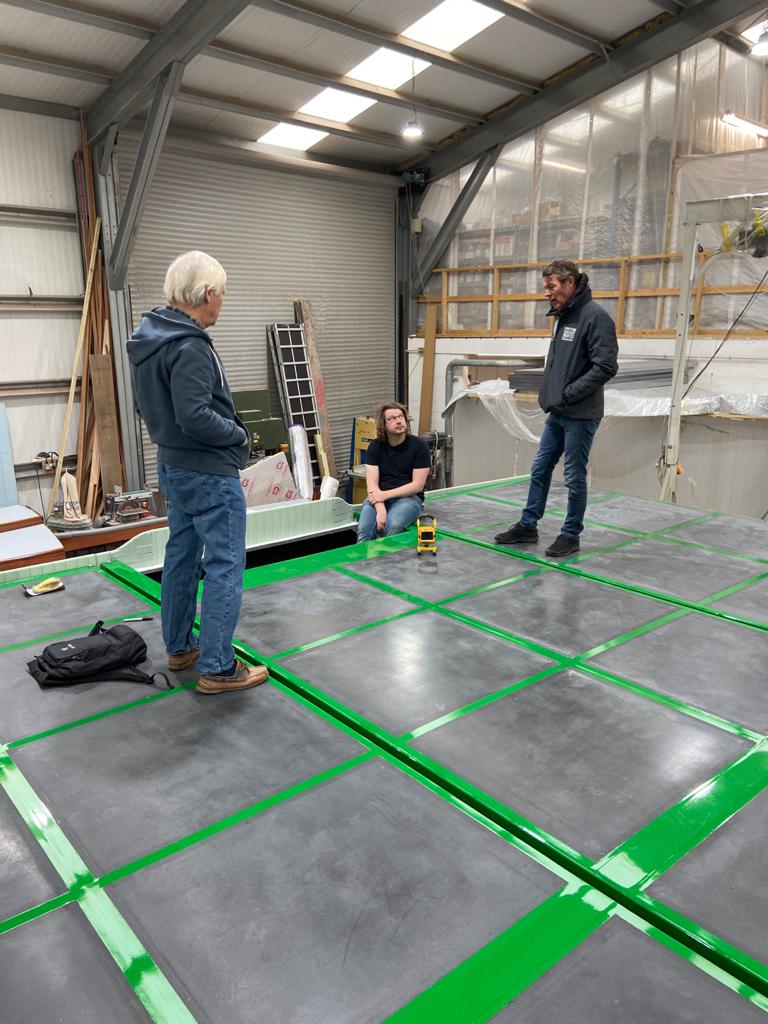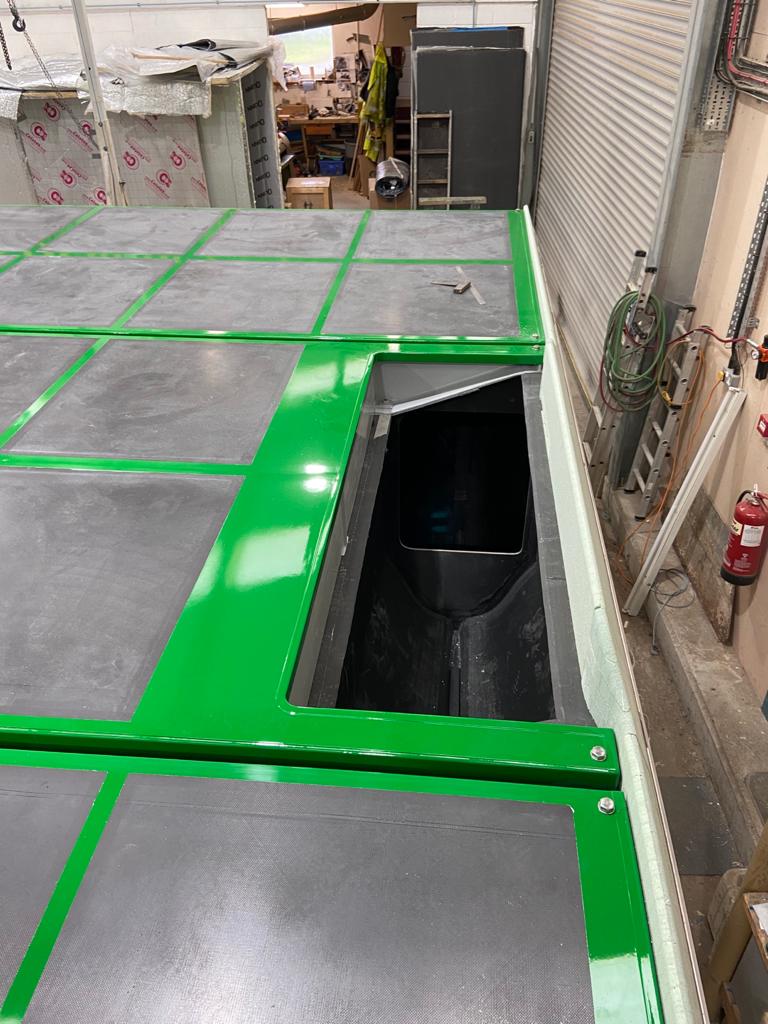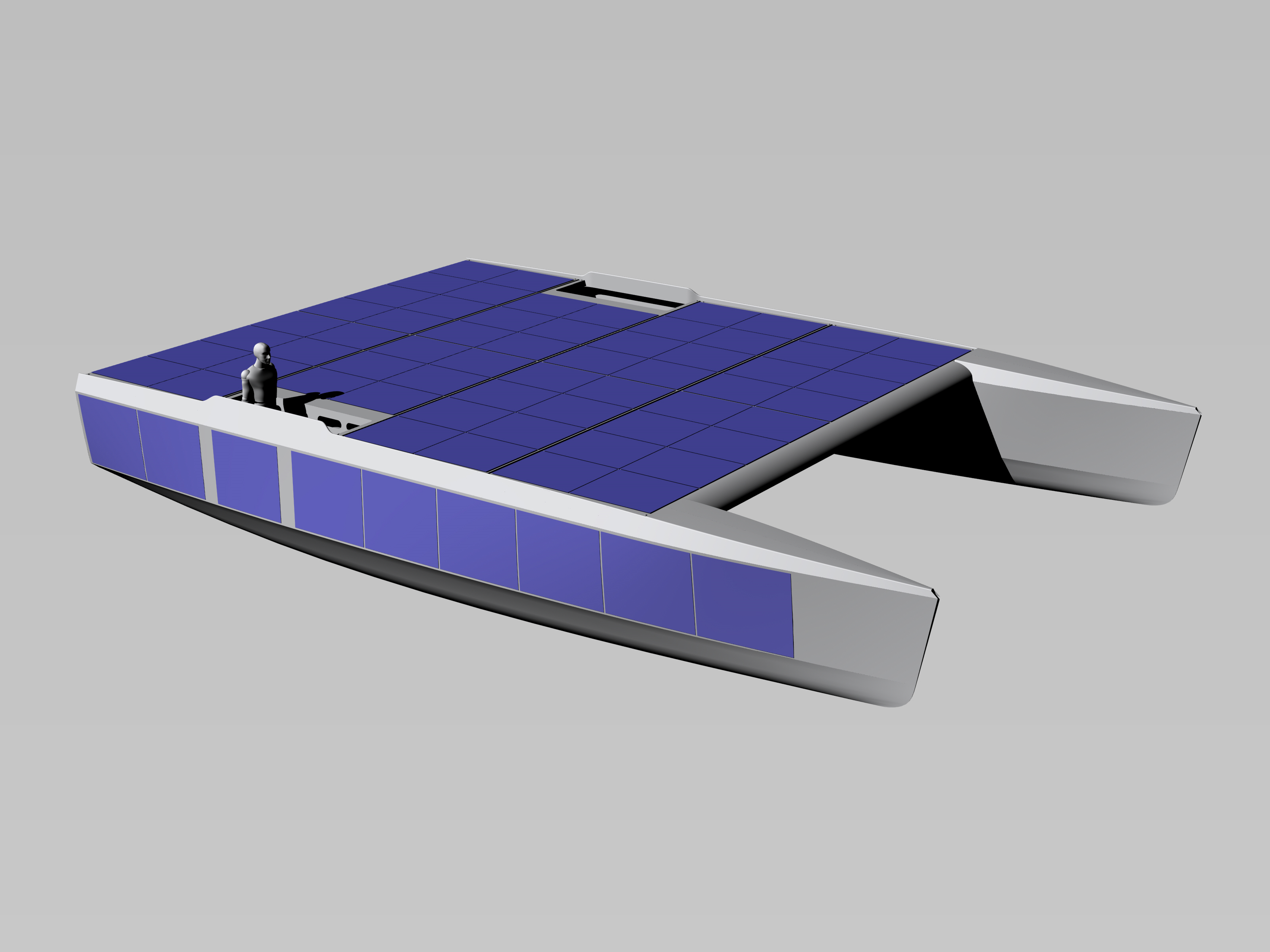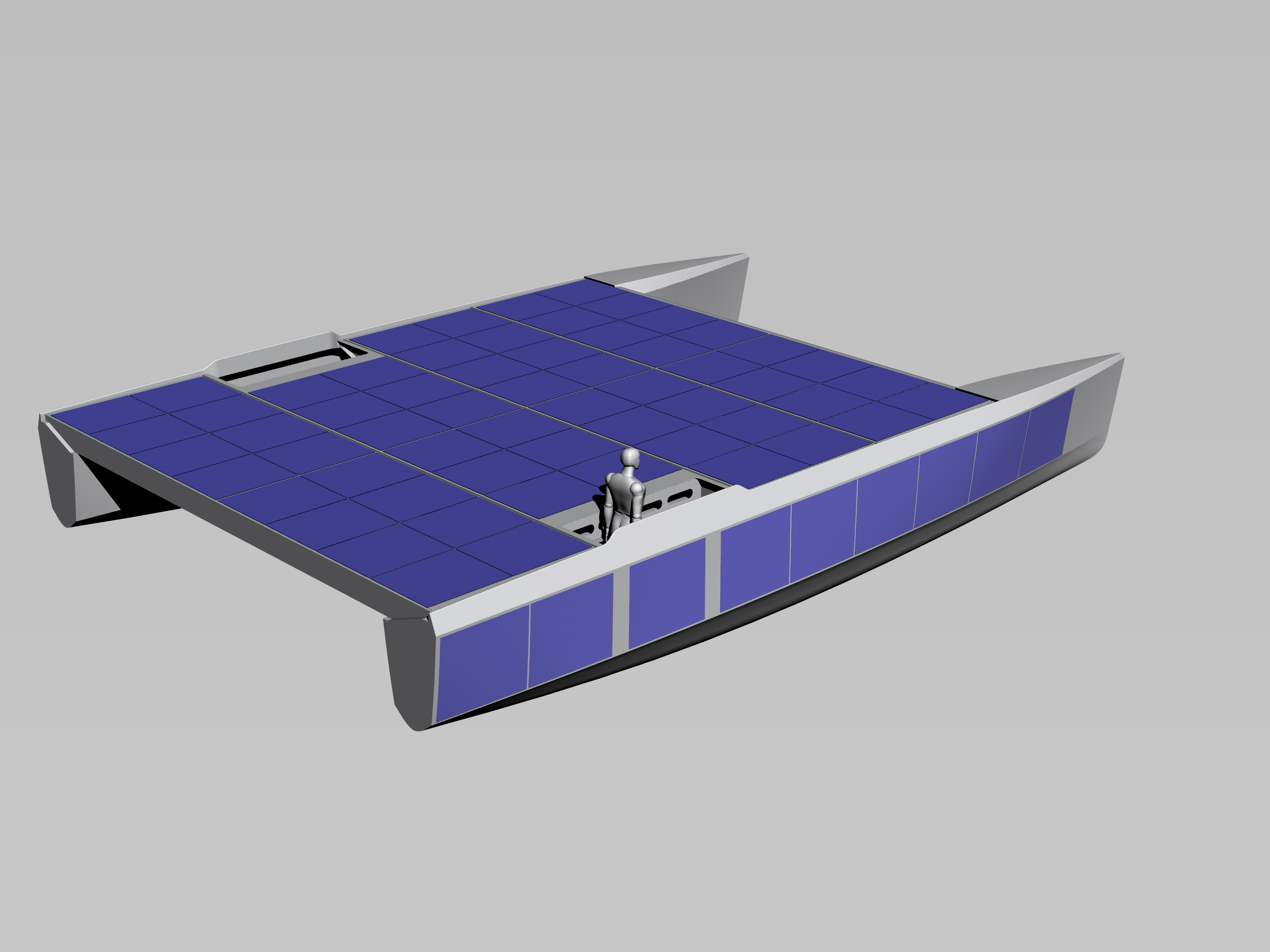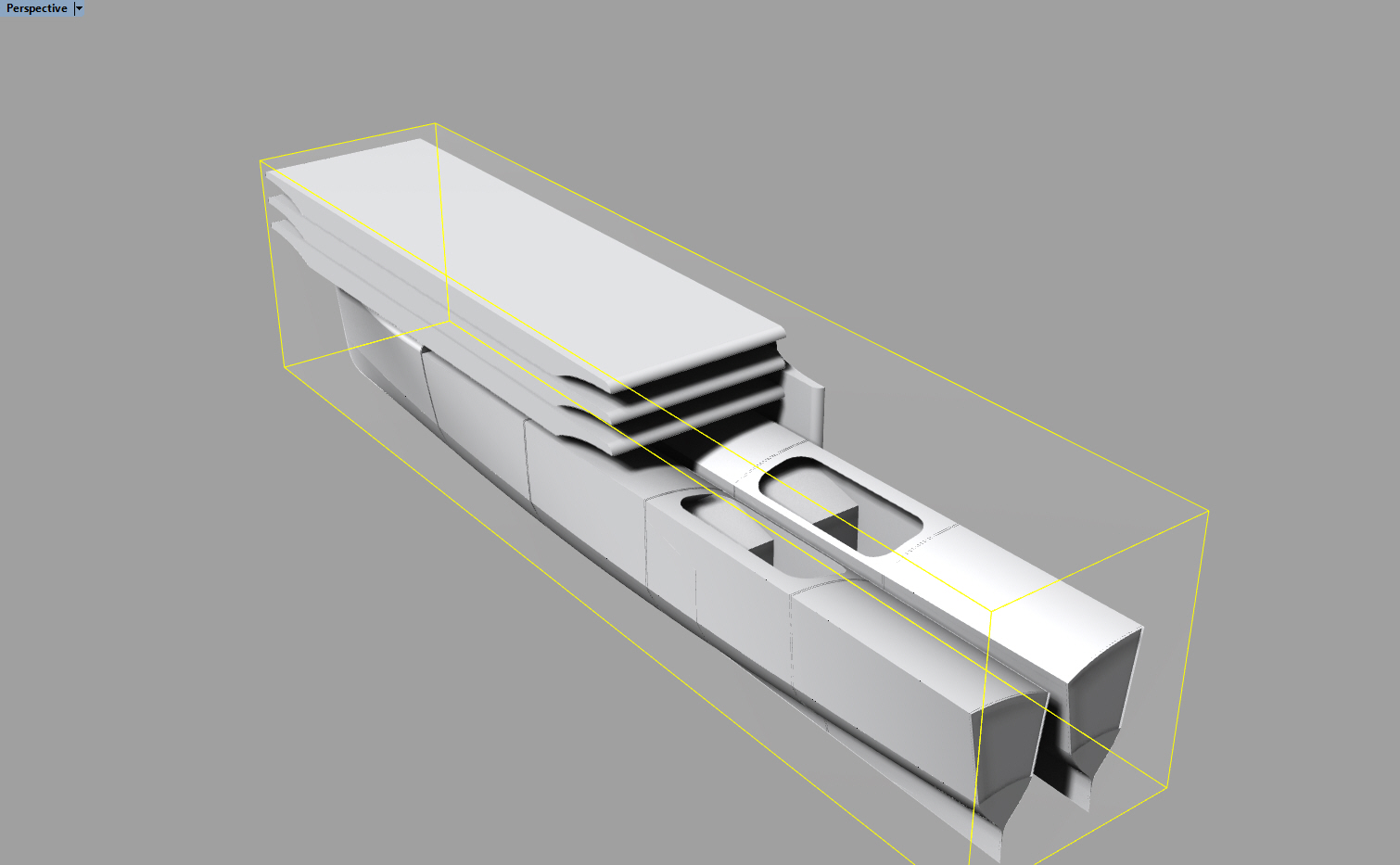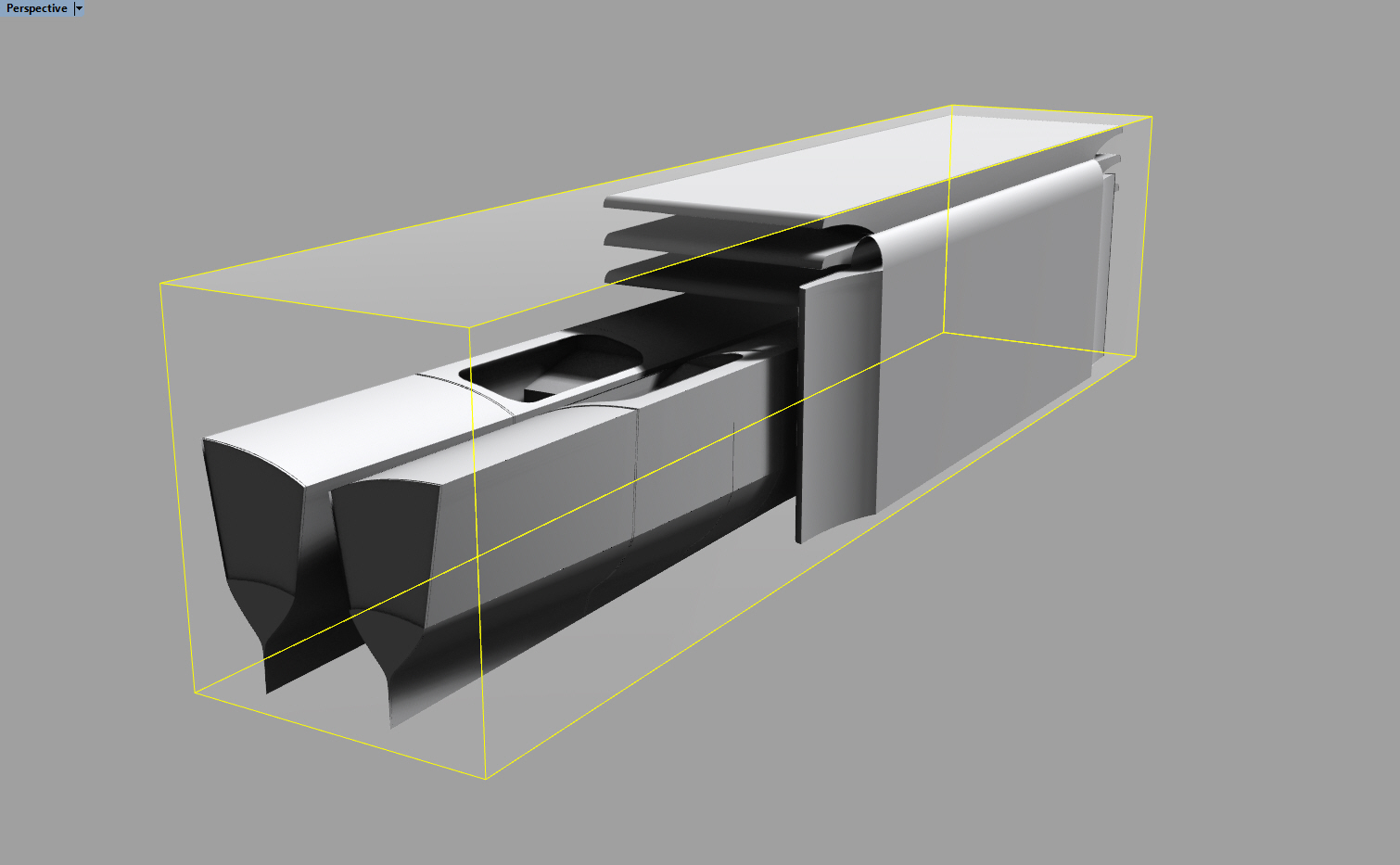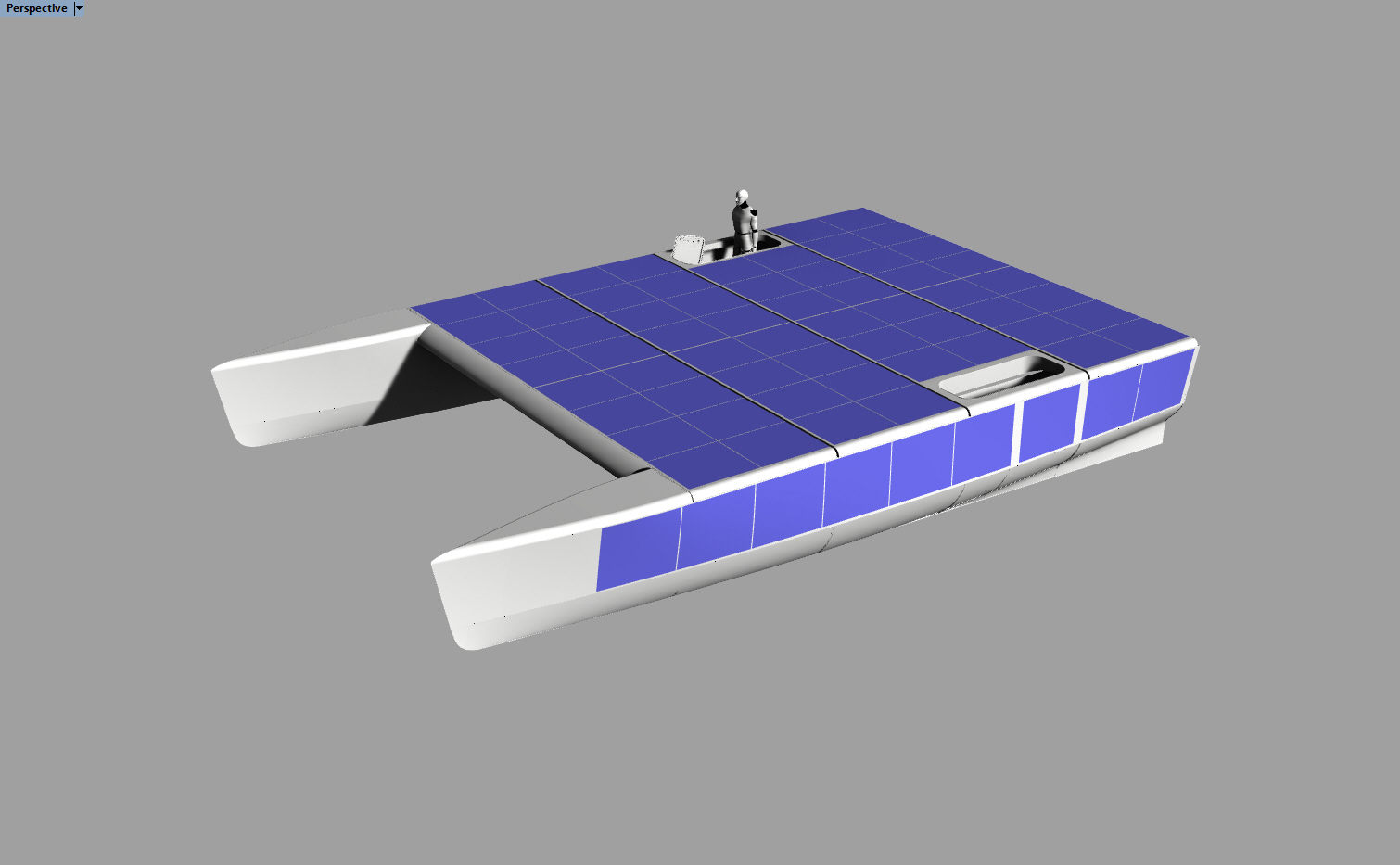Between 2023 and 2024 Fedor Konyukhov plans to attempt the first solo crossing of the Pacific Ocean aboard a solar-powered catamaran NOVA. Part of project NOVA is the construction of an 11m ocean-class catamaran equipped with electric motors and flexible solar modules.
Pacific ocean crossing should take place in December 2023, will see Fedor cross the Pacific Ocean from continent to continent along the route: “Chile (Concon) – Australia (Brisbane)”, with a distance of around 9,000 miles and taking up to 4 months.
The unique catamaran is being designed by British designer Phil Morrison, who has previously designed all three of Fedor Konyukhov’s rowboats (the “Uralaz”, “Turgoyak”, and “AKROS”).
Measuring devices will be installed aboard the NOVA catamaran, in order to monitor the work of the solar modules and on-board batteries. The data retrieved will be given to the project’s technological partners, as well as being used for project “Albatross – a non-stop flight around the world on solar energy”.
During his crossings, Fedor Konyukhov will keep a video diary and make ecological observations of the ocean, daily noting the presence of plastic waste in the ocean.
The solar-powered transpacific crossing project is the result of close team collaboration and several solutions invented by Mikhail Lifshitz , ROTEC JSC General Designer, who developed methods to power sea and river vessels using electricity-supplied engines, solar panels and the albedo effect. Numerous essential parts, protected by patents filed by Mikhail Lifshitz, have also helped to make this odyssey possible. He has developed ways to manufacture flexible photoelectric modules and electrochemical cells batteries, as well as ways to control the operation of composite solid-state electrochemical DC sources.
Technical specifications of the NOVA catamaran:
In accordance with the project, the total surface area of the primary solar modules, horizontally laid on the upper deck, is 51m2 with a peak output of 9 kilowatts. This is estimated to give, in average conditions for the time and place of departure, the capacity to generate 32 kilowatt hours (kWh) per day.
In addition the surface area of the solar modules installed on the hulls and angled toward the horizon is 15 m2. This addition allows for an extra yield of 4kWh per day from the illuminated side.
In accordance with the order by the Fedor Konyukhov Expeditionary Headquarters, special cells on a flexible substrate were manufactured at the “Hevel” Scientific and Technical Centre. The task of scientists from the scientific and technical centre was to make cells resistant to the corrosive aquatic environment and ultraviolet radiation and with the lowest possible weight.
The power consumption of the two electric motors to achieve the designed speed is 1.5kW requiring a supply of 36 kWh to run 24 hours. In addition a battery capacity of 60 kWh allows for the motors to operate continuously for 40 hours, which will alleviate the negative impact of cloudy weather and cloud cover. On the other hand in ideal conditions the motors will be able to be run at increased power.
The NOVA solar powered catamaran goals:
- Completing the first (in history) solo crossings of the Pacific Oceans using solar energy;
- Testing photovoltaic cells in marine conditions under constant use over a prolonged period;
- Carrying out battery testing over a prolonged period while under a constant load. The results from solar cell testing from the catamaran project, including the long-term field tests will be used by the Albatros project.
- Working with leading oceanographers and scientific institutions to monitor ecological factors such as pollution of the Atlantic Ocean by microplastics. The catamaran is fitted with a sea-water filter. Fedor Konyukhov will gather data daily throughout his journey.
- Ecologically, unmanned oceanic vessels will be instrumental in monitoring pollution in the world’s oceans, as well as factors such as climate change and oceanic salinity.
The technological task: testing electric unmanned ocean craft technologies and solar modules as a power source.
It is worth noting that Fedor Konyukhov has significant experience with nautical expeditions. During his whole career, he has completed 5 solo circumnavigations and three oceanic crossings aboard a rowboat:
1990-1991 The first solo circumnavigatory journey in Russia’s history aboard the “Karaana” yacht (36 foot). Route: Sydney (Australia) – Cape Horn – Equator – Sydney. Time taken: 224 days.
1993-1994 – Second solo circumnavigatory journey aboard the dual-mast ketch “Formosa” (56-foot). Route: Taiwan – Hong Kong – Singapore – Yemen (Port Aden) – Jeddah (Saudi Arabia) – Suez Canal – Gibraltar – Casablanca (Morocco) – Saint Lucia (Caribbean Islands) – Panama Canal – Honolulu (Hawaiian Islands) – Taiwan – city of Nakhodka (Russia).
1998 – Third solo circumnavigatory journey as part of the race “Around Alone” aboard the yacht “International Humanitarian University” (60-feet). Route: USA – RSA – New Zealand – Cape Horn (Chile) – Uruguay – USA.
2002 Solo crossing of the Atlantic ocean aboard the rowboat “Uralaz” (7m). Route: Canary Islands (La Gomera) – Barbados. Time taken: 46 days.
2004-2005 Fourth solo circumnavigatory journey aboard a the yacht “Trading Network “Alye Parusa” (85-foot). Route: Falmouth (England) – Hobart (Tasmania) – Falmut (England).
2007 Fifth solo non-stop journey around Antarctica for the “Antarctica Cup” Trophy aboard the yacht “Trading Network “Alye Parusa” (85-foot). Albany (Australia) – Cape Horn – Cape of Good Hope – Cape Llewin – Albany.
2013-2014 Solo journey aboard the rowboat “Turgoyak” (9m). Route: Concon (Chile) – Mooloolaba (Australia). Time taken: 160 days.
2018-2019 The first in history solo crossing of the South Pacific ocean aboard the rowboat “AKROS” (9m). Route: Port Dunedin (New Zealand) – Diego Ramirez islands (Chile, Drake Passage). Began – 6 December 2018 Finished – 9 May 2019, over 154 days, 13 hours, and 27 minutes covered, a total distance of 11,525 kilometres, or 6.400 nautical miles.
Maritime adventurer sets his sights on solar-powered trip. Otago Daily Times
Solo voyager, 71, set for six-month journey across three oceans in UAE-built solar boat. Thenationalnews
71-year-old solo voyager set for six-month journey across three oceans in UAE-built solar boat. Indiansingulf.in

